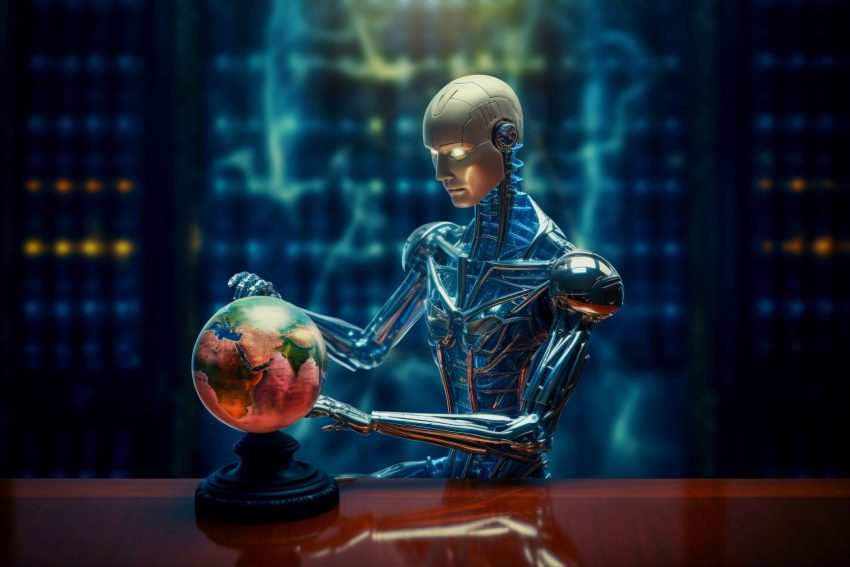Governments around the world are scrambling to establish clear regulations for artificial intelligence (AI) as the technology rapidly outpaces legal frameworks, sparking concerns over privacy, bias, misinformation, and national security.
From Europe’s ambitious AI Act to executive orders in the United States and new frameworks in China, countries are urgently attempting to set the rules for a technology that is transforming everything from healthcare and education to warfare and elections.
Europe Leads with the World’s First Comprehensive AI Law
In March 2025, the European Union passed the AI Act, the world’s first sweeping legislation aimed at governing the use of artificial intelligence. The law categorizes AI systems into risk levels—ranging from “minimal” to “unacceptable”—and imposes strict rules on high-risk applications such as facial recognition, biometric surveillance, and predictive policing.
Violators could face fines of up to €35 million or 7% of global revenue.
“This is not about slowing innovation,” said EU Commissioner Thierry Breton. “It’s about ensuring AI is human-centric, ethical, and safe.”
The Act is set to come into force by 2026, giving companies time to comply—but also sparking debate over whether the EU’s regulatory approach may stifle tech innovation.
U.S. Takes a Decentralized but Growing Approach
In contrast, the United States has taken a more fragmented path. President Biden signed an Executive Order on Safe, Secure, and Trustworthy AI in late 2024, which mandates government oversight of AI development, especially for models with potential national security implications.
The Federal Trade Commission (FTC) has also begun investigating major tech companies for deceptive AI practices, including generative AI tools that spread misinformation or manipulate consumer behavior.
However, critics say the U.S. lacks a unified national strategy, and that self-regulation by tech giants like OpenAI, Google, and Microsoft is insufficient.
China: Tight Controls and State-Driven AI
China, one of the global leaders in AI development, has moved quickly to impose tight government control over AI deployment. In 2024, the Cyberspace Administration of China (CAC) introduced rules requiring all generative AI models to undergo security assessments and align with “socialist core values.”
China’s regulations are less about ethics and more about control. Analysts say the government aims to dominate the global AI race while preventing dissent or destabilizing content from spreading through AI-powered platforms.
Global Risks and the Push for Cooperation
The absence of global standards has raised alarms among scientists and policymakers. AI experts warn of serious risks, including autonomous weapons, deepfake-driven misinformation in elections, mass surveillance, and the potential for economic inequality due to job displacement.
In a landmark summit hosted by the United Kingdom in late 2024, more than 25 countries, including the U.S., China, and members of the EU, signed the Bletchley Declaration, agreeing to coordinate on AI safety research and governance principles.
Despite the progress, UN Secretary-General António Guterres has called for the creation of a global AI regulatory body, much like the International Atomic Energy Agency (IAEA), to oversee development and prevent misuse.
The Road Ahead
As AI becomes increasingly embedded in society, the stakes are rising. Whether it’s regulating self-driving cars, protecting users from biased algorithms, or ensuring military AI systems are accountable, the choices made today will shape the future for generations.
One thing is certain: the world can no longer afford to wait. In the race between innovation and regulation, the gap must close before the technology outpaces humanity’s ability to control it.




